The Expanded Clay Market is currently characterized by a dynamic competitive landscape, driven by increasing demand for lightweight construction materials and sustainable building practices. Key players such as Leca (NO), Expanded Clay Solutions (US), and Sika AG (CH) are strategically positioning themselves through innovation and regional expansion. Leca (NO) focuses on enhancing its product offerings by investing in research and development, which appears to be a critical factor in maintaining its competitive edge. Meanwhile, Sika AG (CH) emphasizes sustainability in its operations, aligning with global trends towards eco-friendly construction solutions. These strategies collectively shape a competitive environment that is increasingly focused on innovation and sustainability, suggesting a shift in market dynamics.
In terms of business tactics, companies are localizing manufacturing to reduce costs and optimize supply chains, which is particularly relevant in the context of the Expanded Clay Market. The market structure is moderately fragmented, with several players vying for market share. This fragmentation allows for diverse strategies, as companies leverage their unique strengths to capture specific segments of the market. The collective influence of these key players is significant, as they drive trends and set benchmarks for quality and sustainability in the industry.
In August 2025, Expanded Clay Solutions (US) announced a partnership with a leading construction firm to develop innovative lightweight concrete solutions. This collaboration is likely to enhance their market presence and expand their product portfolio, indicating a strategic move towards meeting the growing demand for sustainable building materials. Such partnerships may also facilitate knowledge sharing and technological advancements, positioning Expanded Clay Solutions as a frontrunner in the market.
In September 2025, Sika AG (CH) launched a new line of eco-friendly expanded clay aggregates aimed at reducing carbon emissions in construction. This initiative underscores Sika's commitment to sustainability and innovation, potentially attracting environmentally conscious customers. The introduction of these products may not only enhance Sika's competitive positioning but also set a new standard for sustainability in the industry, influencing competitors to follow suit.
In July 2025, Leca (NO) expanded its manufacturing capabilities by opening a new facility in Eastern Europe. This strategic move is expected to enhance production efficiency and reduce lead times for customers in the region. By increasing its manufacturing footprint, Leca is likely to strengthen its market position and respond more effectively to regional demand fluctuations, which could be pivotal in maintaining its competitive advantage.
As of October 2025, the Expanded Clay Market is witnessing trends that emphasize digitalization, sustainability, and the integration of advanced technologies such as AI. Strategic alliances are increasingly shaping the competitive landscape, as companies collaborate to enhance their product offerings and operational efficiencies. The evolution of competitive differentiation appears to be shifting from traditional price-based competition towards a focus on innovation, technology, and supply chain reliability. This transition suggests that companies that prioritize these aspects may be better positioned to thrive in the future.


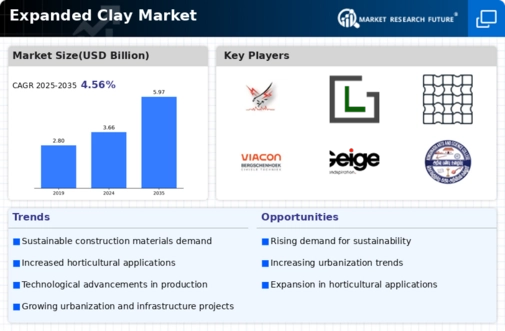


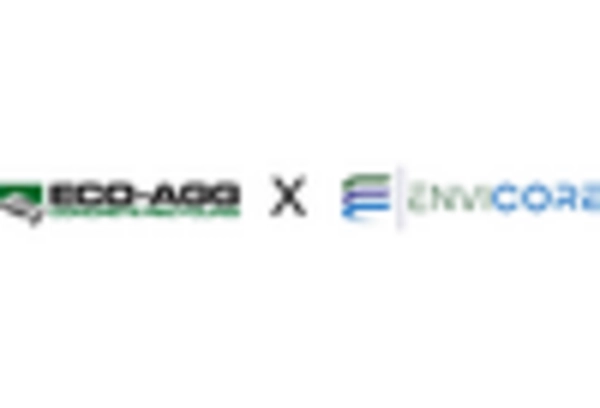
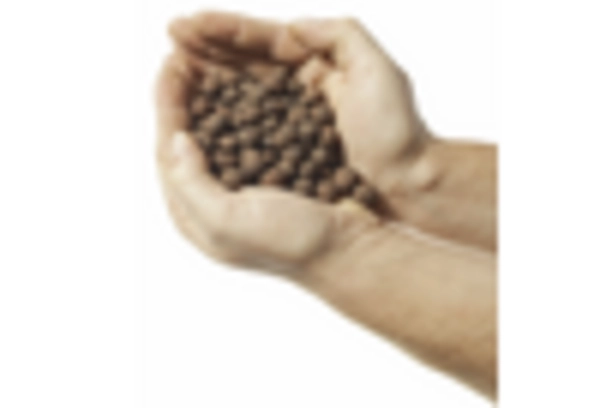
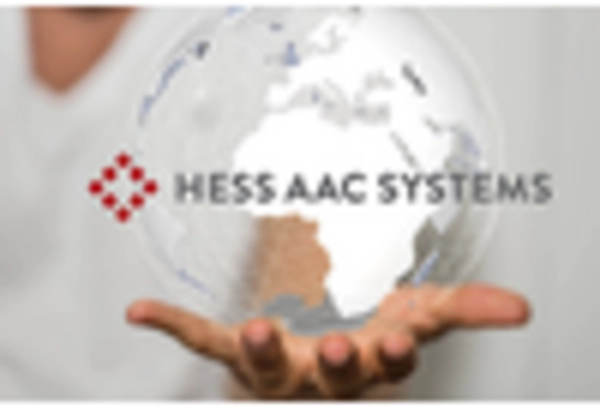

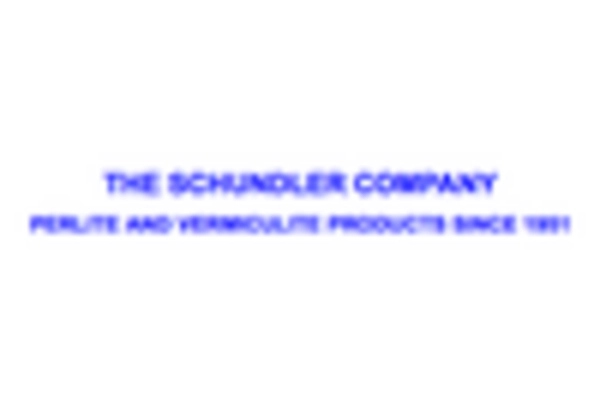








Leave a Comment